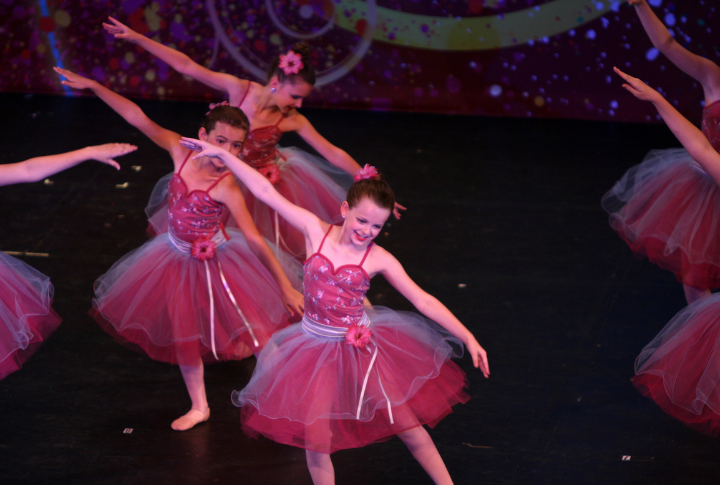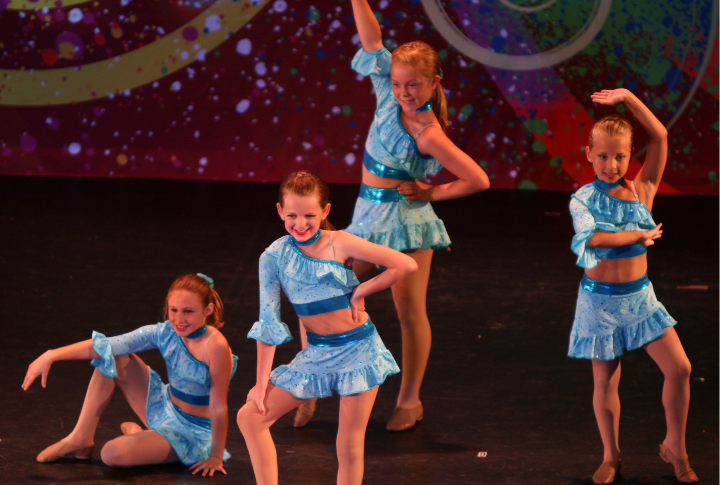
Dance recitals are usually full of grace, talent, and a lot of twirling, but what if they could be a little more… unexpected? Imagine a recital where you’re not just watching graceful moves but also bursting into laughter or cheering for an epic surprise. Here are ten things that would make dance recitals way more entertaining.
Keep The Show Short And Snappy

No one wants to sit through a three-hour recital. Even Broadway shows have intermissions for a reason. While it’s wonderful to showcase every dancer’s hard work, recitals need a time limit. A well-paced show of 60 to 90 minutes keeps energy levels high and prevents audiences from zoning out.
Flashing Lights And Special Effects

Sure, dance recitals typically focus on the dancers’ performance, but why not add a little extra flair with flashing lights, fog machines, and dramatic spotlights? Special effects could enhance the whole experience and make the audience feel like they’re watching a high-energy concert rather than a traditional recital.
Upgrade The Music Selection

There are only so many times an audience can sit through “Let It Go,” “Somewhere Over the Rainbow,” or another overused instrumental track before they start to tune out. Dance schools should mix things up with fresh choices. The right music can turn even the simplest choreography into something electrifying.
Let The Dancers Show Some Personality

One of the biggest recital buzzkills? Overly rigid routines that leave no room for fun. While technique is important, recitals should also showcase each dancer’s unique personality. Incorporating improvisation segments or letting dancers contribute to choreography could also breathe new life into routines.
Simplify The Costumes

The elaborate costumes look stunning in photos. However, half the time, they’re uncomfortable, overpriced, and prone to mid-performance malfunctions. Plus, if a dancer is too busy adjusting a headpiece, fixing a falling strap, or trying not to trip over layers of tulle, the performance suffers.
Speed Up The Scene Changes

Few things kill recital momentum faster than long, awkward pauses between routines. The stage goes dark, soft shuffling is heard, and the audience sits in silence, waiting for the next set of dancers to appear. A simple solution? More efficient transitions.
Inject Some Comedy Into The Show

A little humor goes a long way in keeping an audience engaged. If an older student came onstage for a lighthearted performance—perhaps an exaggerated ballet routine—it would shake things up and keep the crowd entertained.
Bring In A Surprise Guest Performance

Imagine the excitement if, midway through a recital, a special guest took the stage. A professional dancer or a teacher could perform an electrifying solo or group number. This not only adds variety but also gives students something to aspire to.
Let The Audience Get Involved

A recital is much more fun when the audience feels like part of the show. Adding interactive elements could keep energy levels high. For instance, at the end of the show, the audience could cheer for their favorite routine, making the event feel more like a shared experience.
End With A High-Energy Finale

The final performance sets the tone for how people feel as they leave. Too often, recitals close with a slow ballet number, leaving audiences in a half-dazed state. Why not go out with a bang? A high-energy group routine featuring all the dancers on stage at once would send the audience home on a high note.

Comments
Loading…